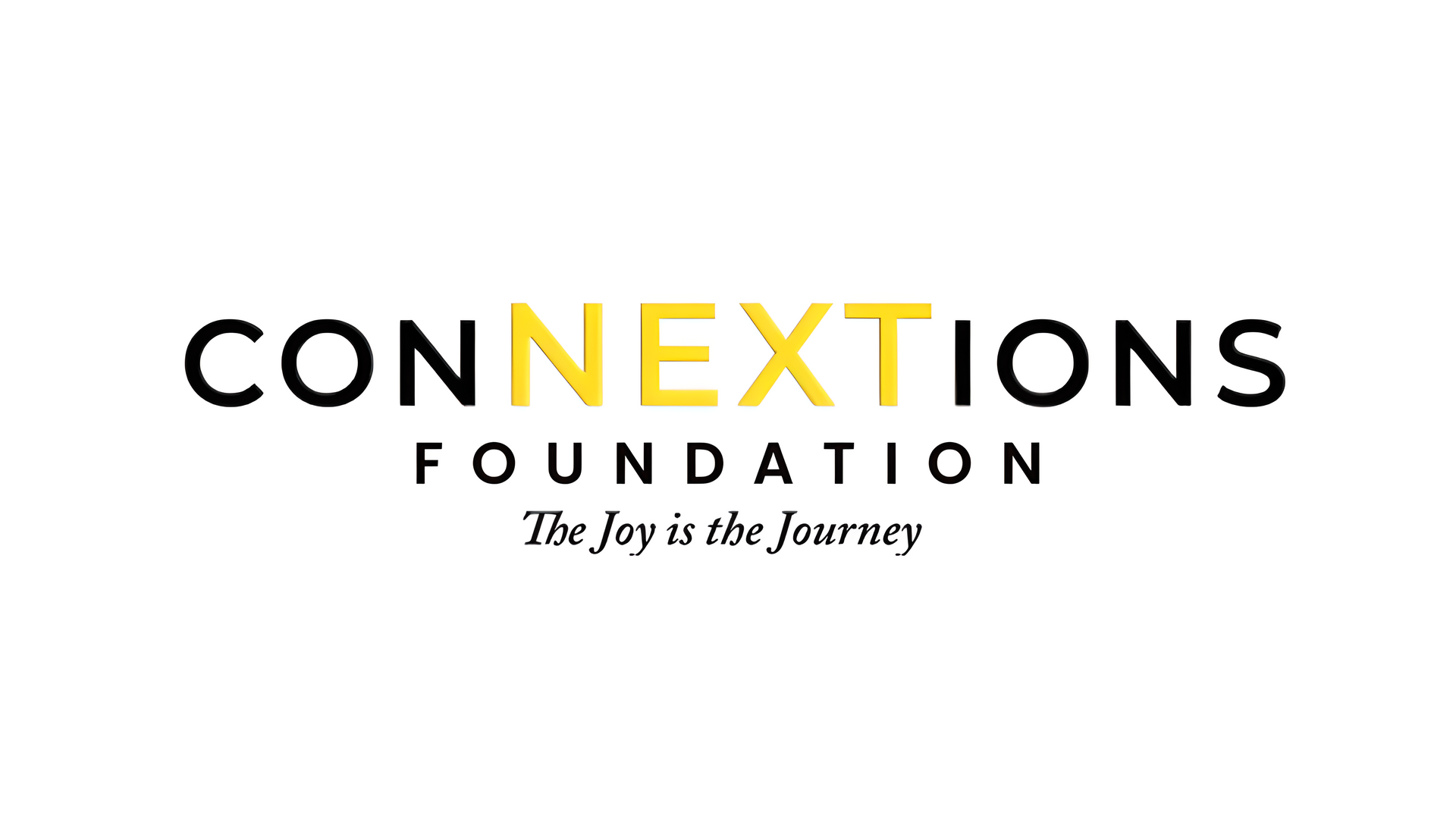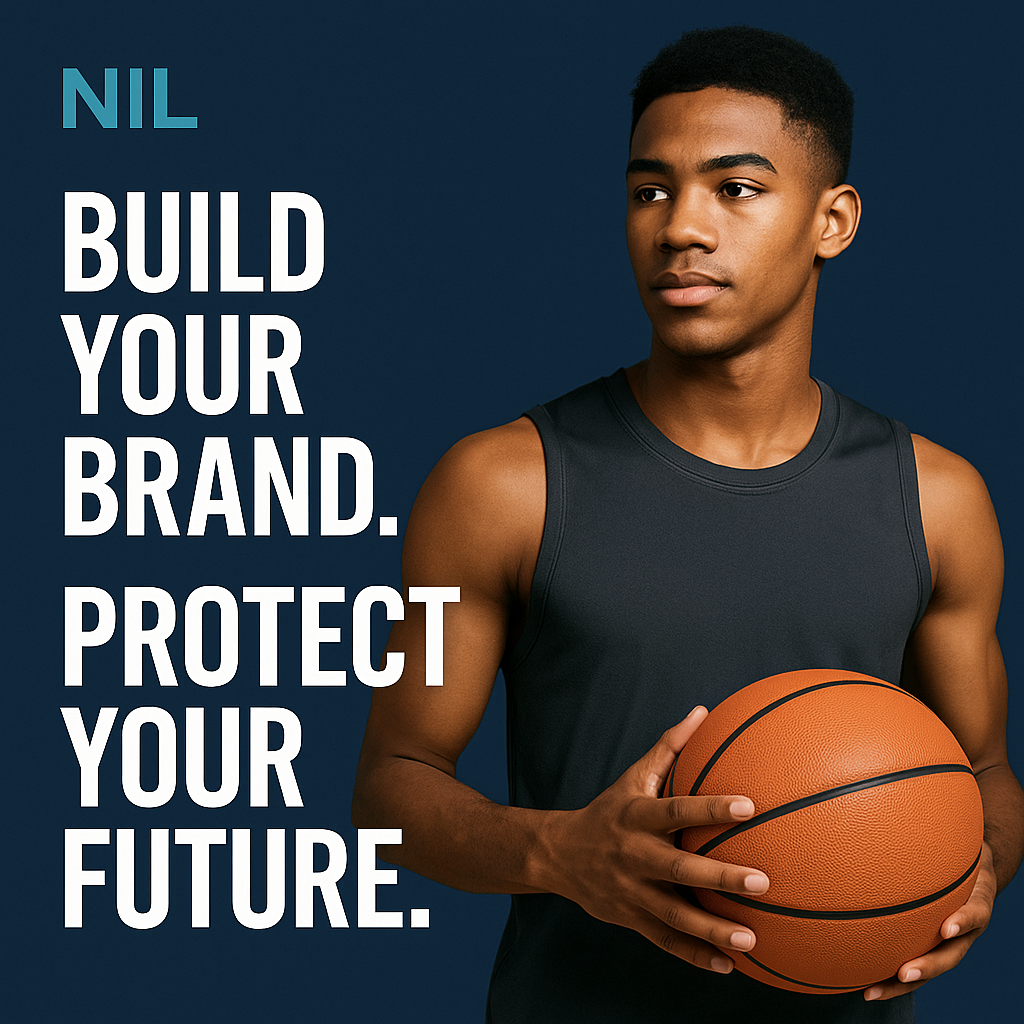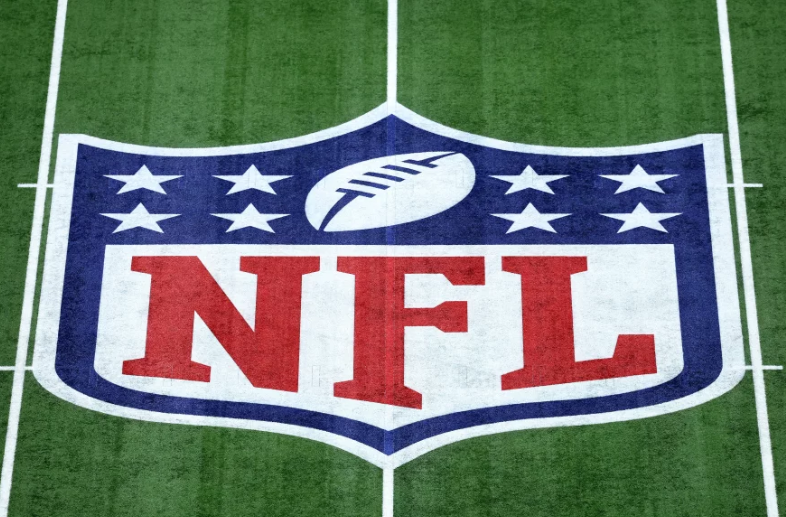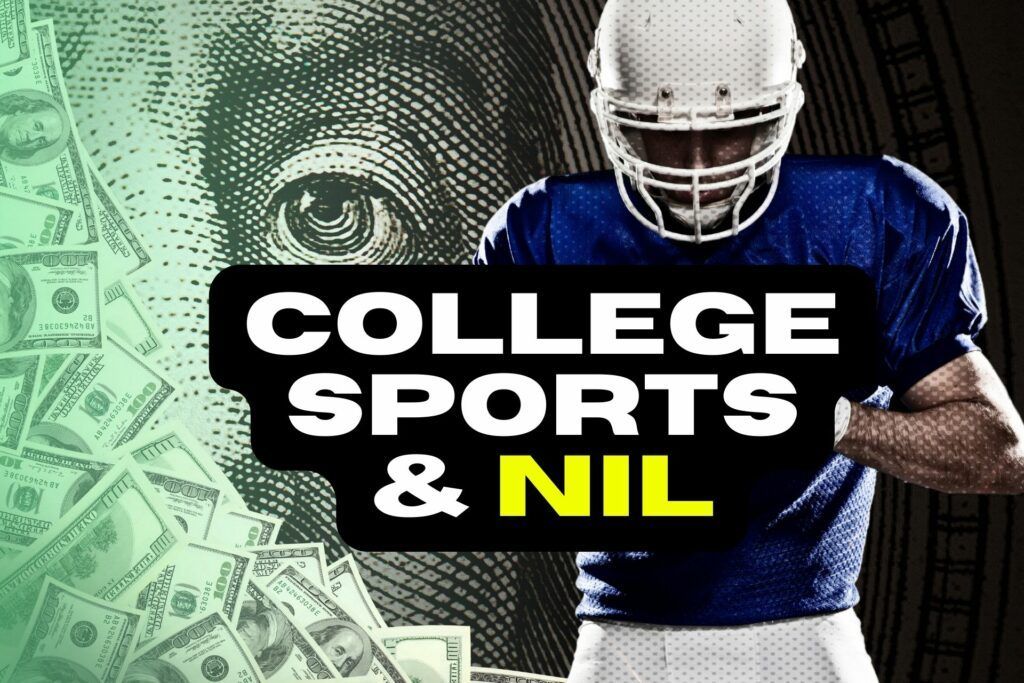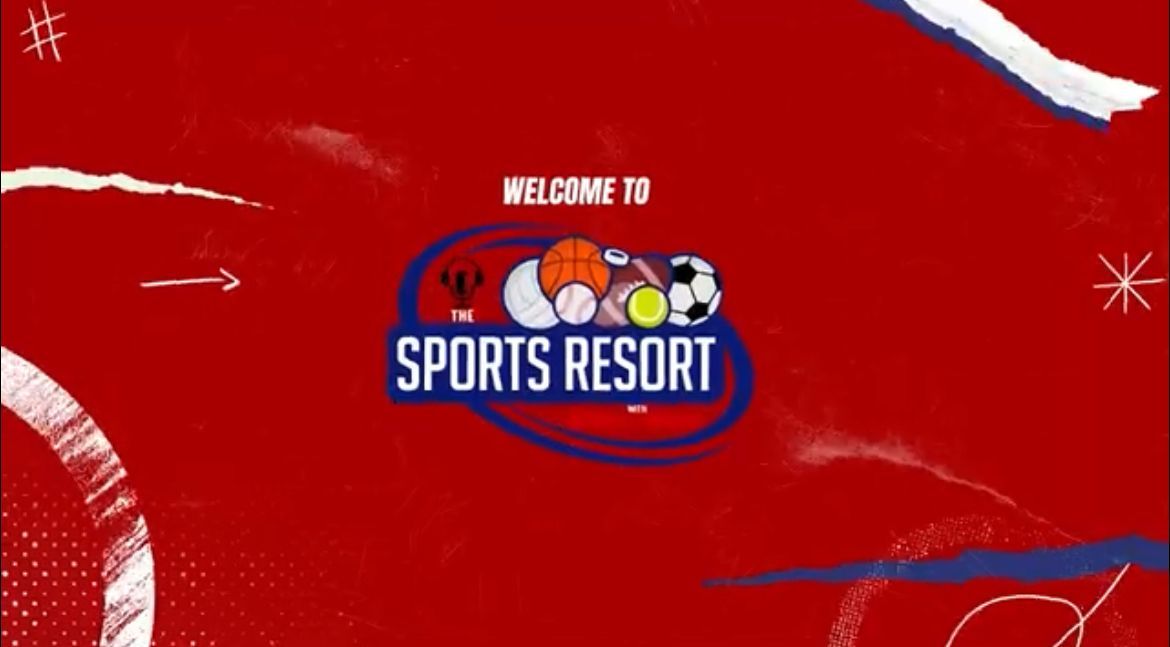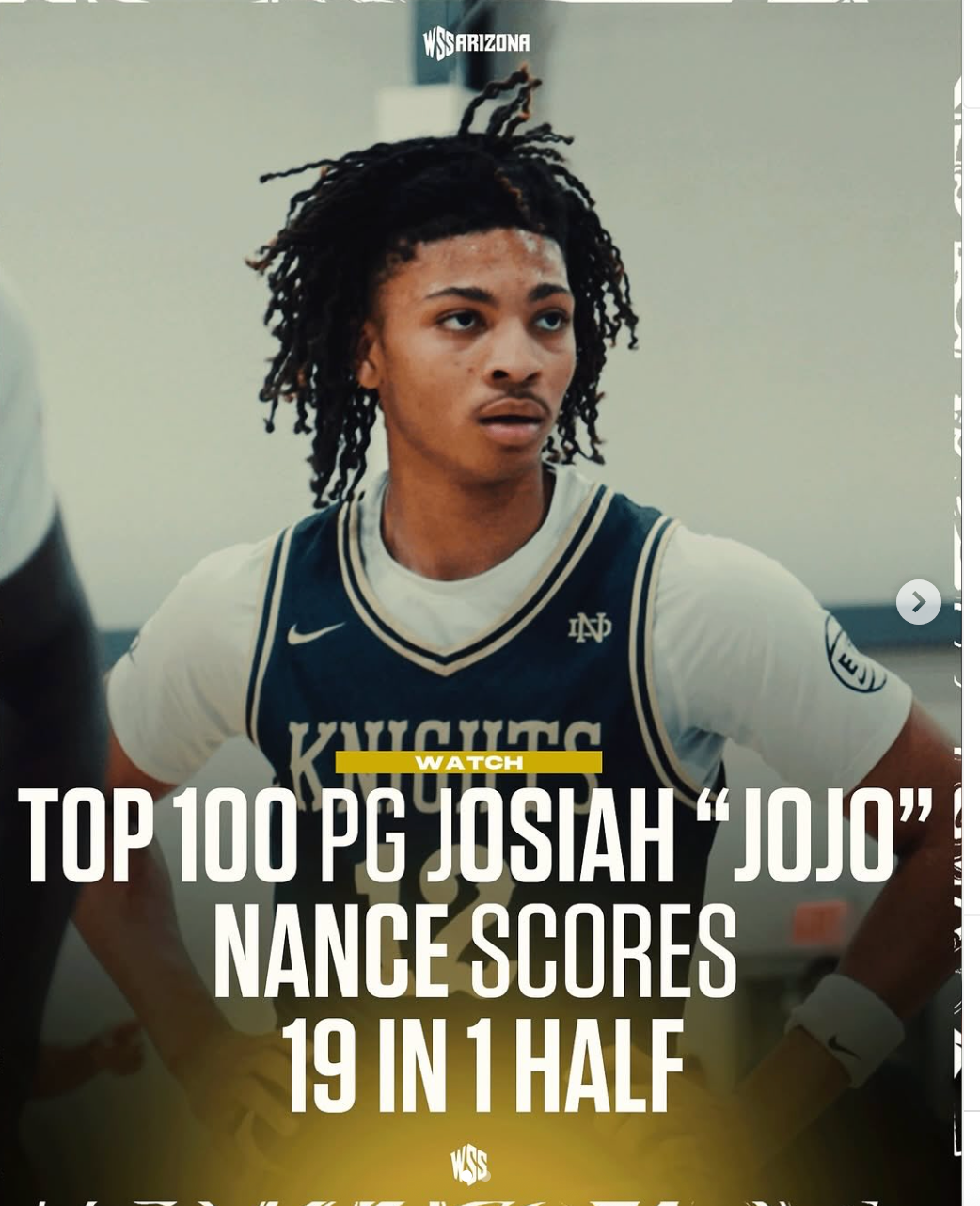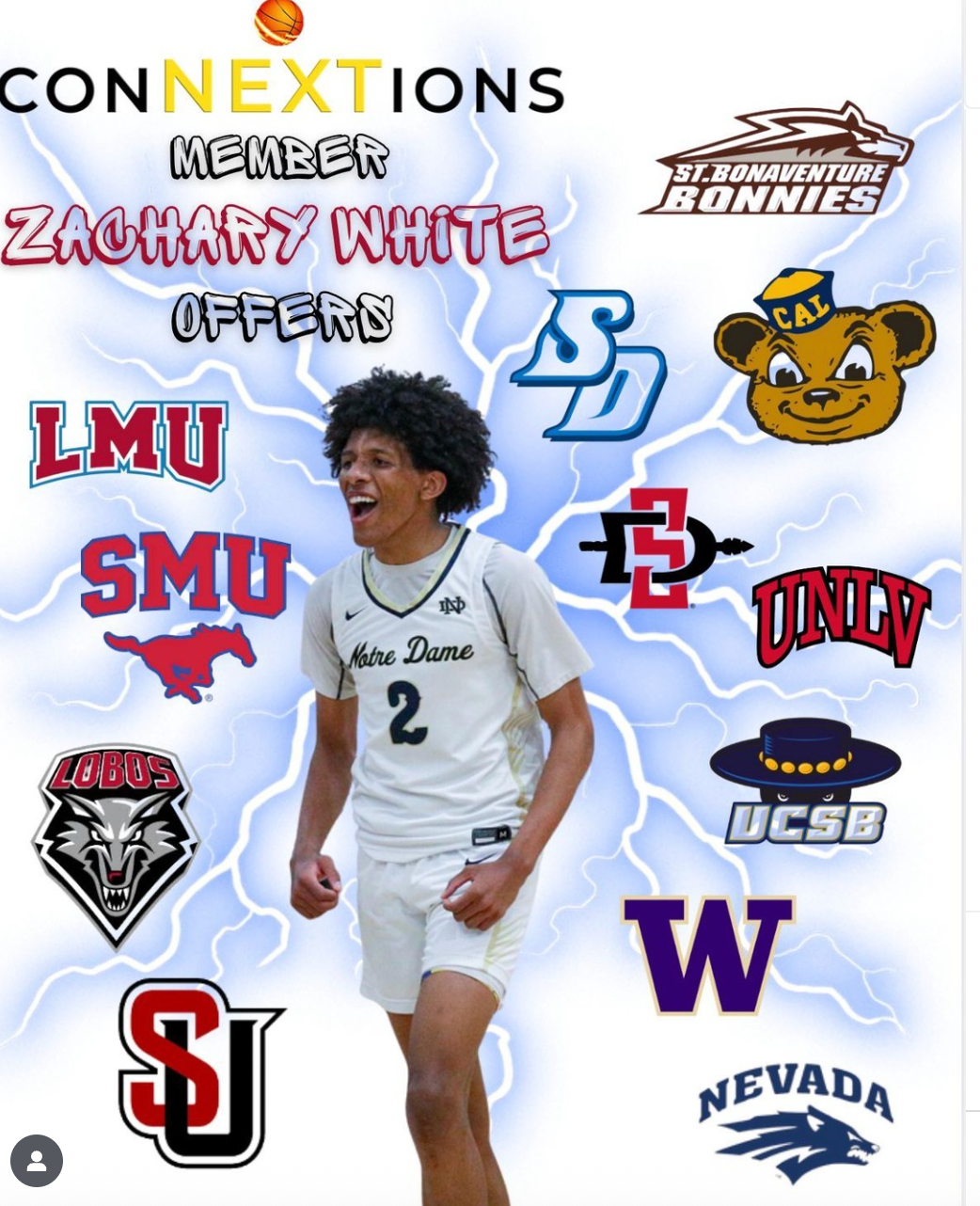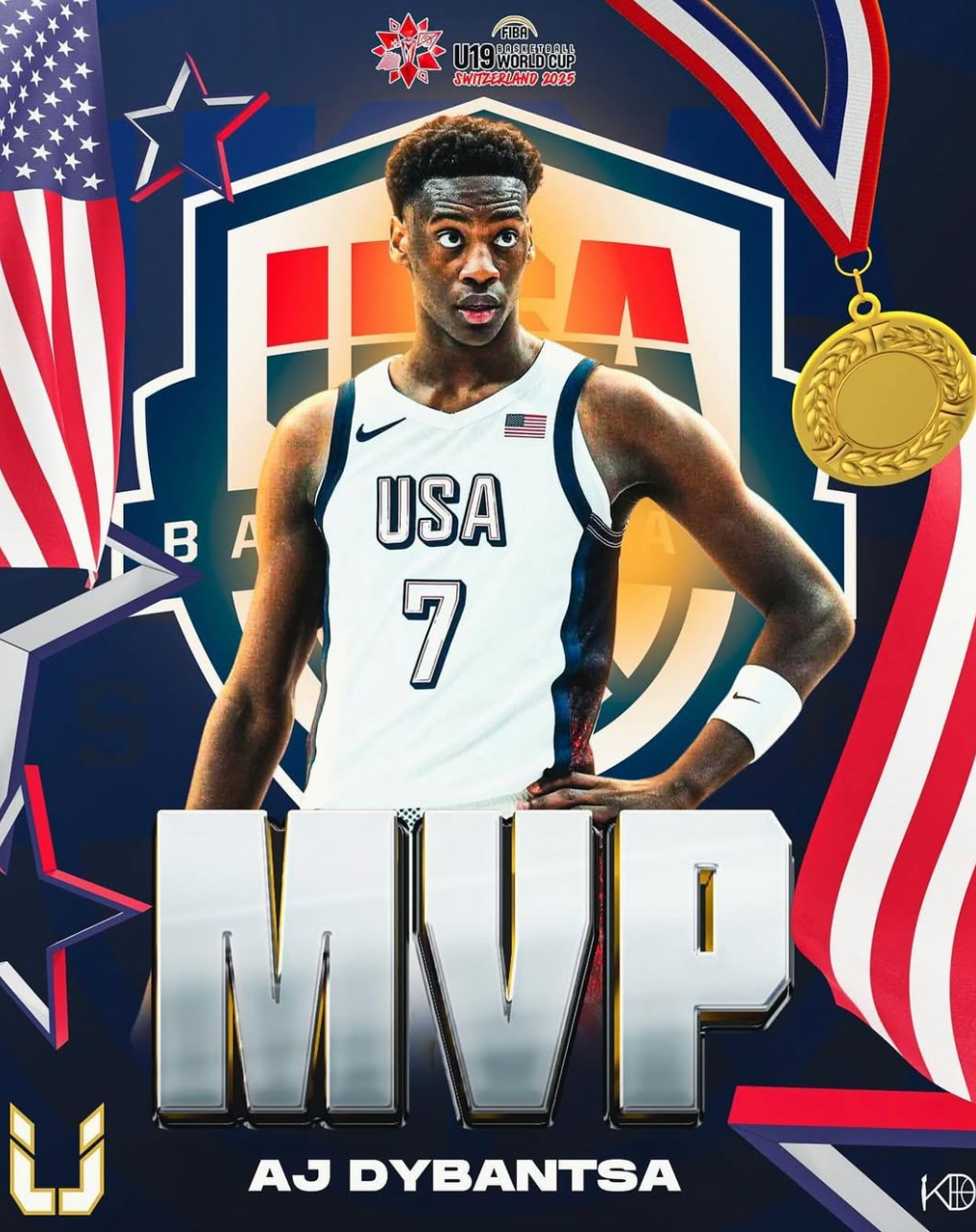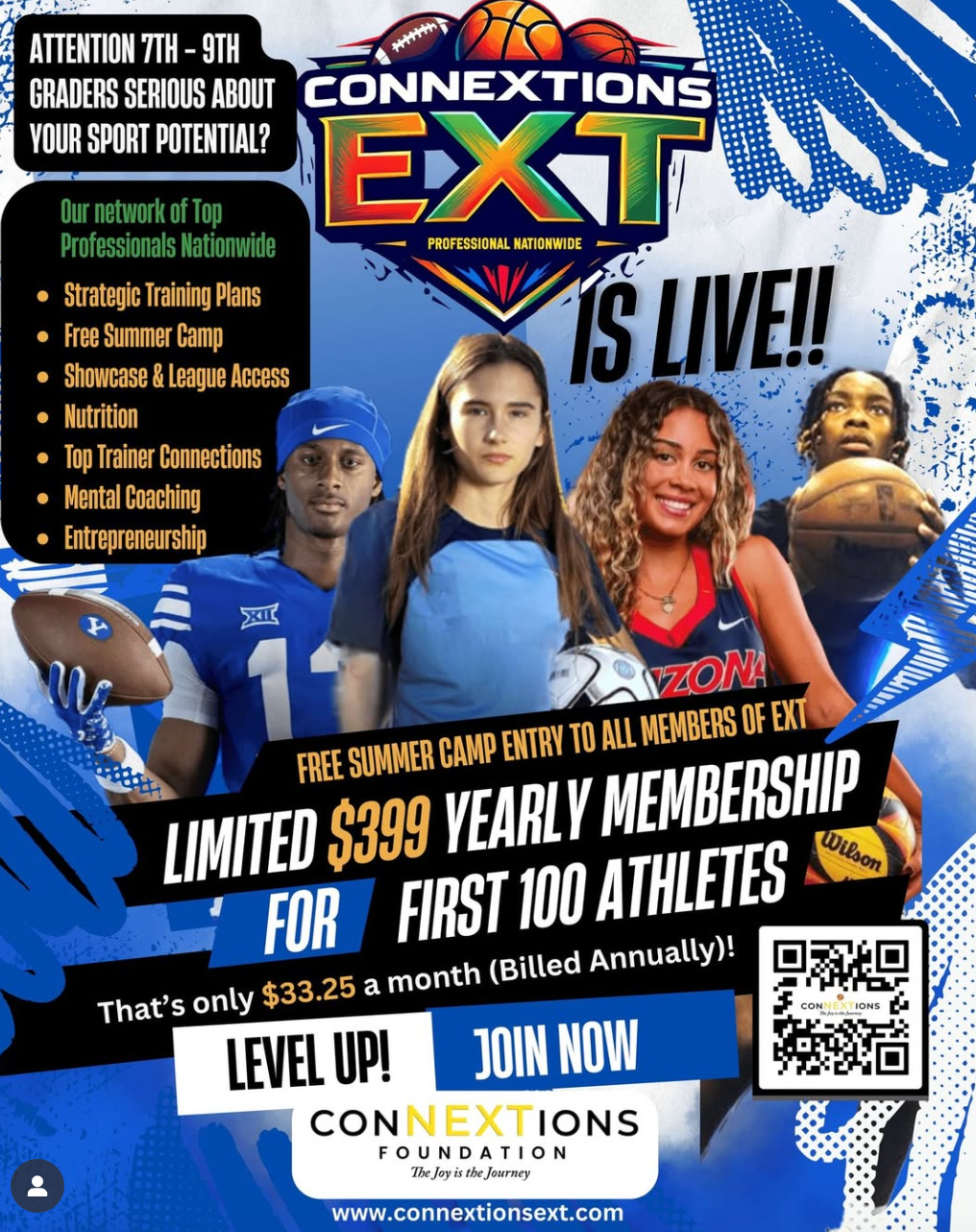What Michigan’s Standoff Can Tell Us About High School NIL’s Path Forward
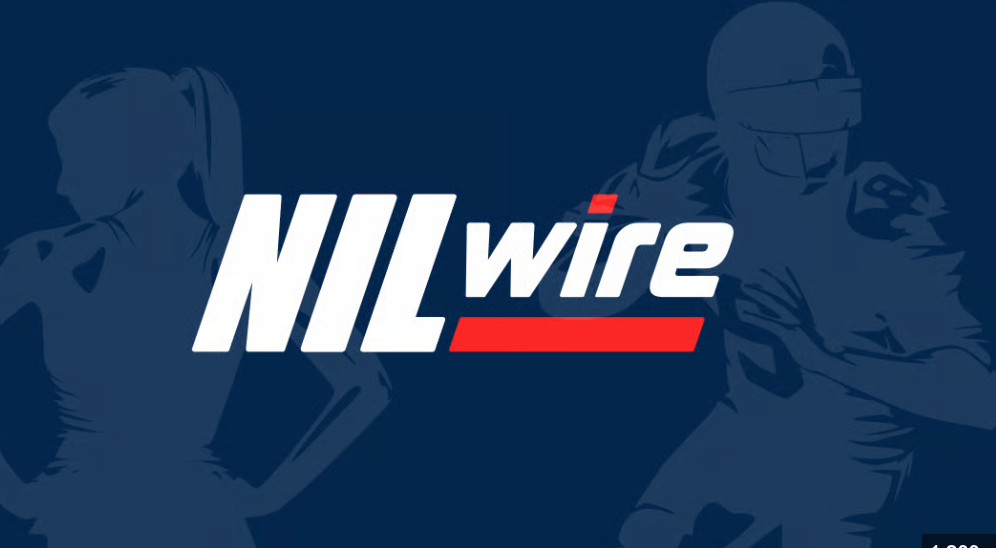
As the NIL (Name, Image, and Likeness) landscape continues to shift rapidly in U.S. sports, Michigan has emerged as a case study in both promise and pitfalls. The stakes are high: allowing high school athletes to profit off their own brand could offer essential opportunities, but also raises thorny questions about fairness, oversight, and safeguarding minors. Michigan’s legislative push—and the resistance it faces—provides lessons that may shape how other states move forward (or hesitate).
What is the Current Situation in Michigan
- Legislative Efforts
Michigan has been considering bills (e.g. HB 4816, among others) that would allow high school athletes to monetize their name, image, and likeness.
The proposal includes requirements like parental consent and oversight by the Michigan High School Athletic Association (MHSAA). - Protections & Limits
To guard against misuse, the bills aim to restrict certain practices: - Prohibiting deals that benefit whole teams or that are used to entice students to switch schools.
- Ensuring the deals are individual.
- Restricting the use of the athlete’s NIL in school‐sponsored uniforms or during official school events.
- Excluding promotion of things minors legally cannot use (e.g., certain substances) and ensuring school districts cannot act as agents or intermediaries.
- Concerns & Resistance
Some lawmakers and school‐sports officials express worry that this could shift high school sports away from education and development toward commercialization.
There are also fears of exploitation: parents or others using kids’ fame or social media platforms in ways that may not benefit the student, or cause harm. - Current State: Under Consideration
Michigan is not yet among the states where high school NIL is clearly permitted. It is under consideration. The bills have passed in some legislative chambers (like the House) but face further scrutiny and modifications.
Broader Context: How Many States, What’s Allowed Elsewhere
- Currently, many states have already approved some form of high school NIL.
- But the rules vary widely: in many places, students may monetize their name/image but can’t use school names or logos; some states prohibit deals during school‐sponsored events, or restrict booster involvement, etc.
- Michigan sits among a subset of states “under consideration” (including Ohio, Indiana, and Montana) that are wrestling with the right policy structure.
What Michigan’s Path Forward Could Look Like
Based on what’s being debated now—and looking at what other states have done—here are what seem like likely outcomes or “best practices” Michigan might adopt (or should consider), plus potential stumbling blocks.
Likely / Good Practices:
- Require parental consent and/or guardians signoffs.
- Oversight by MHSAA or a similar independent body that enforces transparency and fairness.
- Prohibit school, booster, or alumni group involvement in recruiting via NIL or offering collective team deals.
- Barring use of NIL deals during or tied to school events, uniforms, or official school branding.
- Limits on what can be promoted involving minors (e.g. avoiding age‐restricted products).
- Education and resources for athletes & families on dealing with contracts, taxes, brand management.
Potential Pitfalls to Watch:
- Enforcement difficulties: how to monitor whether school or booster involvement is creeping in under the table.
- Disparities in access: those with more social media exposure or wealthier communities may benefit much more, potentially widening inequality.
- Contract abuse or lack of legal sophistication among minors and their families.
- Overregulation might stifle opportunity or create bureaucratic burden that discourages legitimate deals.
Implications for the Future of High School NIL
- More States Will Move from “Under Consideration” to “Permitted”
As time passes and more examples emerge (good and bad), it's likely more states will enact laws similar to what Michigan is contemplating. The precedent builds confidence. - Refinement of Policy Frameworks
As cases arise, laws will need modifications: clarifications about what counts as school involvement, definitions of “sponsorship,” and what entities (boosters, alumni, etc.) may or may not participate. - Growing Role of Athletes’ Education & Support
Athletes (and parents) will increasingly need support systems: agents / management / legal advice / financial literacy. Entities like MHSAA or nonprofits may build programs around that. - Evolution of Social Media & Personal Branding Tools
Because a lot of NIL at the high school level is likely to start via social media, influencer marketing, content creation—tools, rules, and norms in those domains will matter a great deal. - Possible Backlash or Resistance
Some stakeholders—coaches, school administrators, parents—may push back if they sense the “purity” of high school sport is under threat, or if it distracts from academic goals. Ensuring NIL rules are consistent with the educational mission will be critical.
Michigan's legislative “standoff” (or debate) around high school NIL is in many ways ahead of its time, capturing many of the tensions that come when young athletes are granted rights and opportunities previously reserved for collegiate or professional levels.
The crux isn't whether high school NIL should happen—it probably will, in many places —but rather how it happens. Michigan’s example shows that thoughtful safeguards, clear legislation, careful oversight, and an emphasis on protecting young athletes can help maximize benefits while minimizing harms.
As more states grapple with this issue, they can learn not just from Michigan’s outcomes but from the ongoing debates—what resonates, what concerns stakeholders, and how to balance fairness with opportunity.
